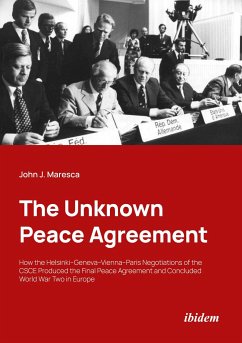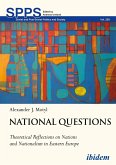The "Joint Declaration of Twenty-two States," signed in Paris on November 19, 1990 by the Chiefs of State or Government of all the countries which participated in World War Two in Europe, is the closest document we will ever have to a true "peace treaty" concluding World War II in Europe. In his new book, retired United States Ambassador John Maresca, who led the American participation in the negotiations, explains how this document was quietly negotiated following the reunification of Germany and in view of Soviet interest in normalizing their relations with Europe. With the reunification of Germany which had just taken place it was, for the first time since the end of the war, possible to have a formal agreement that the war was over, and the countries concerned were all gathering for a summit-level signing ceremony in Paris. With Gorbachev interested in more positive relations with Europe, and with the formal reunification of Germany, such an agreement was - for the first time - possible. All the leaders coming to the Paris summit had an interest in a formal conclusion to the War, and this gave impetus for the negotiators in Vienna to draft a document intended to normalize relations among them. The Joint Declaration was negotiated carefully, and privately, among the Ambassadors representing the countries which had participated, in one way or another, in World War Two in Europe, and the resulting document -- the "Joint Declaration" - was signed, at the summit level, at the Elysée Palace in Paris. But it was overshadowed at the time by the Treaty on Conventional Forces in Europe - signed at the same signature event - and has remained un-noticed since then.No one could possibly have foreseen that the USSR would be dissolved about one year later, making it impossible to negotiate a more formal treaty to close World War II in Europe. The "Joint Declaration" thus remains the closest document the world will ever see to a formal "Peace Treaty" concludingWorld War Two in Europe. It was signed by all the Chiefs of State or Government of all the countries which participated in World War II in Europe.








